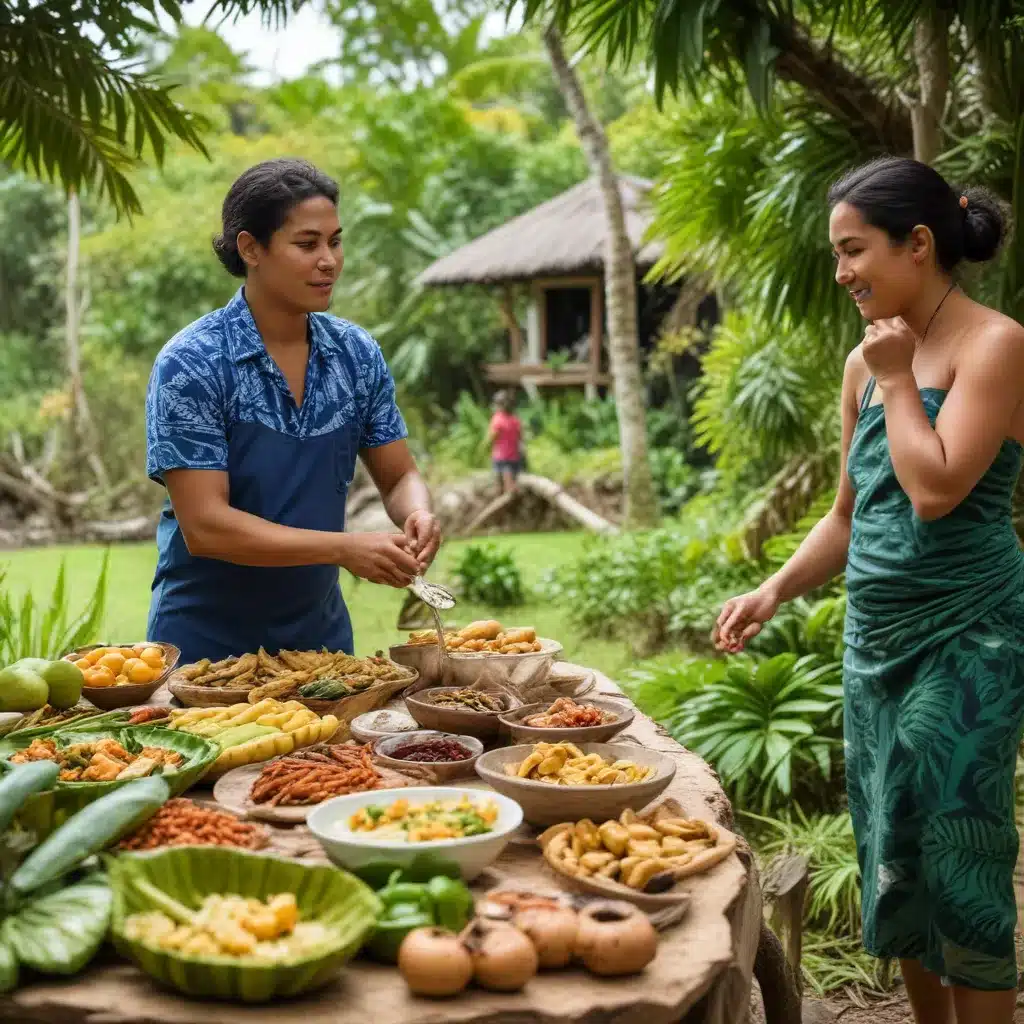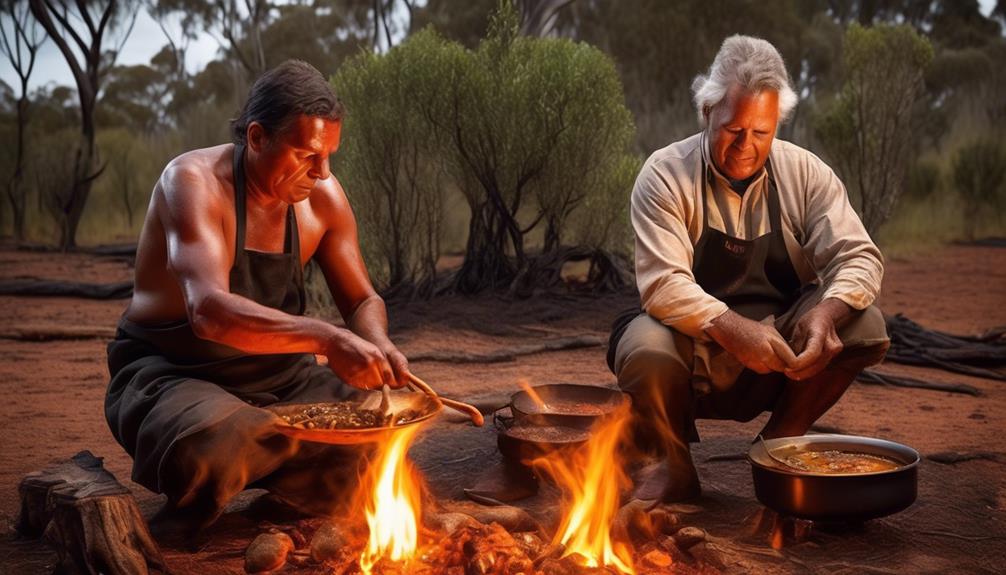
Absolutely! Here’s an article exploring Indigenous food and cultural identity, followed by a recipe section.
The Sustaining Spirit: Indigenous Food and the Tapestry of Cultural Identity
The aroma of woodsmoke mingling with roasted roots, the vibrant hues of foraged berries against a backdrop of ancient grains, the communal gathering around a hearth – these are not mere sensory experiences, but profound expressions of Indigenous cultural identity. For Indigenous peoples across the globe, food is far more than sustenance; it is a living embodiment of history, spirituality, connection to the land, and the very essence of who they are. Exploring Indigenous foodways offers a crucial lens through which to understand the enduring strength, resilience, and intricate tapestry of these vibrant cultures.
For millennia, Indigenous communities have cultivated a deep and intimate relationship with their ancestral lands. This relationship is not one of dominion, but of reciprocity. They understand the subtle language of the seasons, the medicinal properties of plants, the migratory patterns of animals, and the delicate balance of ecosystems. This intimate knowledge, passed down through generations via oral traditions, storytelling, and hands-on learning, forms the bedrock of their food systems. The act of gathering, hunting, fishing, and cultivating is imbued with respect, gratitude, and a profound understanding of their role within the natural world.

This connection to the land directly translates into the unique ingredients and preparation methods that define Indigenous cuisines. Consider the staples: corn, beans, and squash – the "Three Sisters" – a sophisticated agricultural system developed by many North American Indigenous peoples. This symbiotic planting technique not only maximizes yields but also enriches the soil, demonstrating an advanced understanding of ecological principles long before Western science recognized them. Wild rice, harvested from lakes and rivers, holds deep spiritual significance for many Ojibwe communities, its cultivation and distribution woven into their cultural narratives and ceremonies. In the Arctic, the survival and ingenuity of Inuit communities are inextricably linked to their ability to sustainably harvest marine mammals like seals and whales, a practice that has sustained them for centuries and remains vital to their cultural survival.
The preparation of Indigenous food is often a communal and ceremonial act. The slow roasting of game over an open fire, the grinding of corn into masa for tortillas, the careful drying of berries for winter storage – these are not solitary endeavors. They are often accompanied by songs, prayers, and shared stories, transforming the act of cooking into a form of cultural preservation and intergenerational connection. These shared meals are where knowledge is exchanged, traditions are reinforced, and a sense of belonging is solidified. The food itself becomes a conduit for passing down ancestral wisdom, moral values, and historical accounts.
Beyond the practical, Indigenous foods are deeply intertwined with spirituality and cosmology. Many plants and animals are considered sacred, their harvesting and consumption accompanied by rituals and protocols designed to honor their spirit and ensure the continued abundance of nature. The sun, moon, and earth are often seen as active participants in the food cycle, and Indigenous peoples often offer thanks and prayers to these forces. For example, the Chumash people of California have a deep spiritual connection to the acorn, which formed a significant part of their diet. The process of leaching the tannins from acorns was not just a culinary technique but a ritual that honored the spirit of the oak tree.
The impact of colonization has been devastating on Indigenous foodways, leading to the erosion of traditional practices, the displacement from ancestral lands, and the introduction of processed, unhealthy foods. The forced assimilation policies, which often suppressed Indigenous languages and cultural practices, also directly targeted their food traditions. However, despite these immense challenges, Indigenous communities have demonstrated remarkable resilience and a fierce determination to reclaim and revitalize their ancestral food systems.
This revitalization movement is multifaceted. It involves the reintroduction of traditional crops and farming techniques, the protection of sacred harvesting sites, and the promotion of Indigenous food sovereignty – the right of Indigenous peoples to define their own food and agriculture systems. It also involves a conscious effort to re-educate younger generations about their culinary heritage, often through community gardens, cooking workshops,, and the sharing of traditional recipes. This resurgence is not merely about preserving the past; it is about building a healthier, more sustainable, and culturally vibrant future.
The exploration of Indigenous food is also a powerful tool for fostering understanding and challenging stereotypes. By engaging with the diverse and rich culinary traditions of Indigenous peoples, we can gain a deeper appreciation for their unique worldviews, their profound connection to nature, and their enduring cultural strength. It is an invitation to move beyond superficial representations and to recognize the deep intelligence, creativity, and spiritual depth embedded within every dish.
In essence, Indigenous food is a living narrative. It tells the story of a people’s relationship with their land, their ancestors, and their spiritual beliefs. It speaks of resilience in the face of adversity and of a profound commitment to continuity. As we continue to explore and celebrate these vibrant foodways, we not only honor the past but also contribute to a future where the sustaining spirit of Indigenous food nourishes both bodies and souls.

Recipe Showcase: A Glimpse into Indigenous Culinary Heritage
While Indigenous cuisines are incredibly diverse, reflecting the vast array of environments and cultures, here are a few representative recipes that offer a glimpse into their rich culinary traditions. These recipes are simplified for accessibility and aim to honor the spirit of the original dishes.
Important Note: When preparing Indigenous-inspired dishes, it is crucial to remember that many traditional ingredients may be difficult to source outside of Indigenous communities. Whenever possible, prioritize sustainably sourced ingredients and support Indigenous producers. If you are learning about a specific nation’s cuisine, endeavor to connect with members of that community for authentic knowledge and guidance.
1. Three Sisters Succotash (Inspired by Northeastern Native American Traditions)
This hearty and nutritious dish is a celebration of the interconnectedness of corn, beans, and squash.
Yields: 4-6 servings
Prep time: 15 minutes
Cook time: 25-30 minutes
Ingredients:
- 1 tablespoon olive oil or rendered animal fat (traditionally)
- 1 medium onion, chopped
- 2 cloves garlic, minced
- 2 cups fresh or frozen corn kernels (from about 2-3 ears)
- 1 cup cooked or canned lima beans (or other large white beans), drained and rinsed
- 1 cup diced cooked squash (butternut, acorn, or pumpkin)
- 1/2 cup vegetable or chicken broth (or water)
- Salt and freshly ground black pepper to taste
- Optional: Fresh parsley or chives for garnish
Instructions:
- Sauté Aromatics: Heat the olive oil or fat in a large skillet or pot over medium heat. Add the chopped onion and cook until softened, about 5-7 minutes. Add the minced garlic and cook for another minute until fragrant.
- Add Vegetables: Stir in the corn kernels, lima beans, and diced squash.
- Simmer: Pour in the broth or water. Bring the mixture to a simmer, then reduce heat to low, cover, and cook for 15-20 minutes, or until the vegetables are tender and the flavors have melded.
- Season: Season generously with salt and freshly ground black pepper to taste.
- Serve: Serve hot, garnished with fresh parsley or chives if desired. This dish can be enjoyed as a side or a light main course.
2. Wild Rice Pilaf with Cranberries and Pecans (Inspired by Ojibwe Traditions)
Wild rice is a sacred grain with deep cultural significance for many Indigenous peoples. This pilaf highlights its nutty flavor and satisfying texture.
Yields: 4-6 servings
Prep time: 10 minutes
Cook time: 45-55 minutes
Ingredients:
- 1 cup wild rice, rinsed
- 2 cups water or vegetable broth
- 1 tablespoon olive oil or butter
- 1/4 cup chopped onion
- 1/4 cup dried cranberries
- 1/4 cup chopped pecans (or walnuts)
- Salt and freshly ground black pepper to taste
Instructions:
- Cook the Wild Rice: Combine the rinsed wild rice and water or broth in a medium saucepan. Bring to a boil, then reduce heat to low, cover, and simmer for 40-50 minutes, or until the rice is tender and has "bloomed" (split open). Drain any excess liquid.
- Sauté Aromatics: While the rice is cooking, heat the olive oil or butter in a small skillet over medium heat. Add the chopped onion and cook until softened and translucent, about 5 minutes.
- Combine Ingredients: In a medium bowl, combine the cooked wild rice, sautéed onion, dried cranberries, and chopped pecans.
- Season: Season with salt and freshly ground black pepper to taste.
- Serve: Toss gently to combine. Serve warm as a side dish.
3. Berry and Sage Infused Water (A Simple Hydration from the Land)
This refreshing beverage reflects the Indigenous practice of utilizing the bounty of nature for hydration and flavor.
Yields: About 4 cups
Prep time: 5 minutes
Infusion time: 30 minutes to 1 hour
Ingredients:
- 4 cups cold water
- 1/2 cup mixed fresh berries (such as blueberries, raspberries, strawberries, or a mix)
- 2-3 fresh sage leaves (or a small sprig of mint)
Instructions:
- Prepare Ingredients: Gently wash the berries and sage leaves. Lightly bruise the berries by pressing them gently with the back of a spoon or your fingers to release their juices.
- Infuse: Place the berries and sage leaves in a pitcher. Pour the cold water over them.
- Chill and Infuse: Cover the pitcher and refrigerate for at least 30 minutes, or up to 1 hour, to allow the flavors to infuse.
- Serve: Strain the water into glasses if desired, or serve with the berries and sage still in the pitcher for a more rustic presentation. Discard the used berries and sage after serving.
These recipes are just a starting point, an invitation to explore further. The true depth of Indigenous food lies in its connection to the land, its cultural significance, and the stories it carries.


